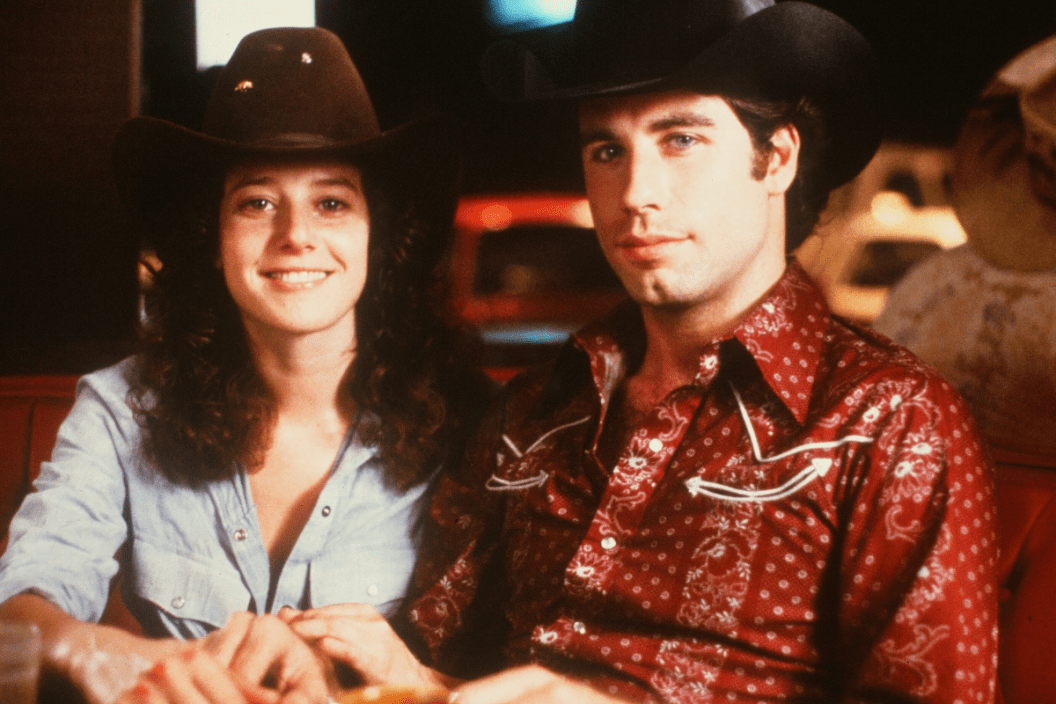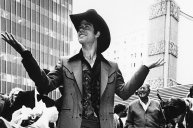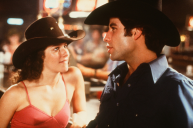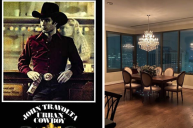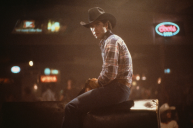Upon its release in 1980, Urban Cowboy immortalized Houston's honky-tonk hang Gilley's Club and popularized the mellow country tracks played there. Exemplified by artists like Kenny Rogers, Urban Cowboy's uniquely polished soundtrack defined what became the prevalent country sound during the early 80's. And as that music experienced an unprecedented boom, western fashion, too, saw a resurgence. And that influence still hasn't worn off.
Videos by Wide Open Country
The Inception of the 'Urban Cowboy'
Urban Cowboy is based on an Esquire article from 1978: "The Ballad of the Urban Cowboy: America's Search for True Grit." In the piece, journalist Aaron Latham explores the special nightlife found at Mickey Gilley's Pasadena honky-tonk and posits the club as an escape from the displacement and economic anxiety shared by many rural migrants. James Bridges' movie, based on the article, premiered two years later.
At the start of the film, Buford "Bud" Davis (John Travolta) moves to Houston, Texas from his tiny hometown to work on an oil rig. Quickly, he's inundated by the lively honky-tonk lifestyle at Gilley's Club in the nearby city of Pasadena. At Gilley's, Bud meets Sissy (Debra Winger) and a tumultuous relationship ensues. Bud is old-fashioned and, by today's standards, sexist. Meanwhile Sissy is a firecracker of a woman who just wants to ride the mechanical bull! Oh yeah, there's also a lot of mechanical bull riding. And dancing to country music. All together, fine entertainment. But what really makes those scenes memorable, decades later, is what everyone was wearing.
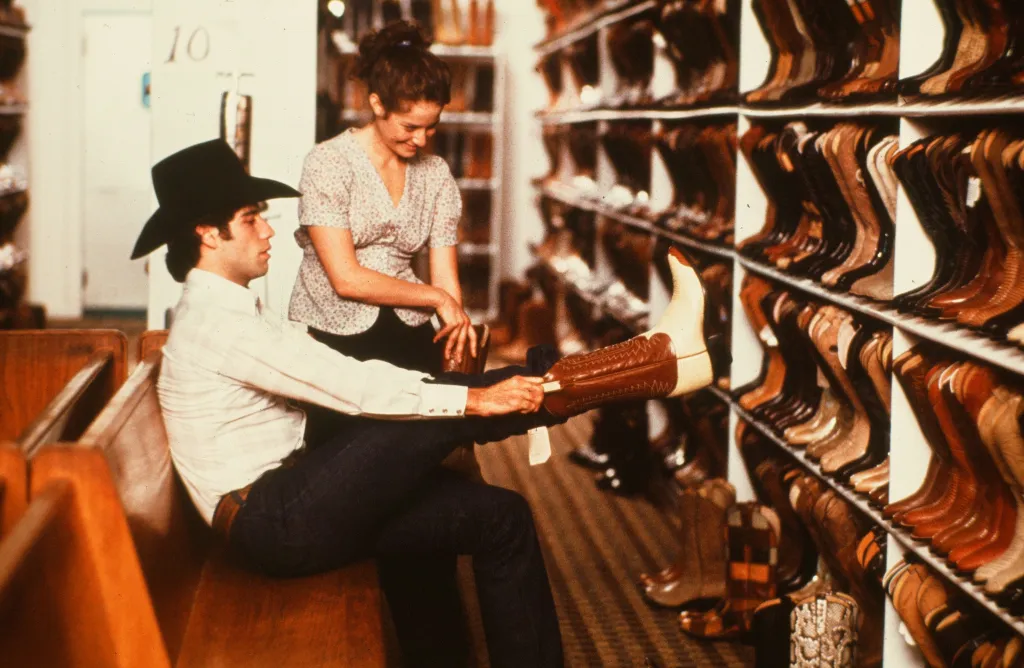
Actor John Travolta tries on cowboys boots in a scene during the Paramount Pictures movie 'Urban Cowboy" circa 1980. (Photo by Hulton Archive/Getty Images)
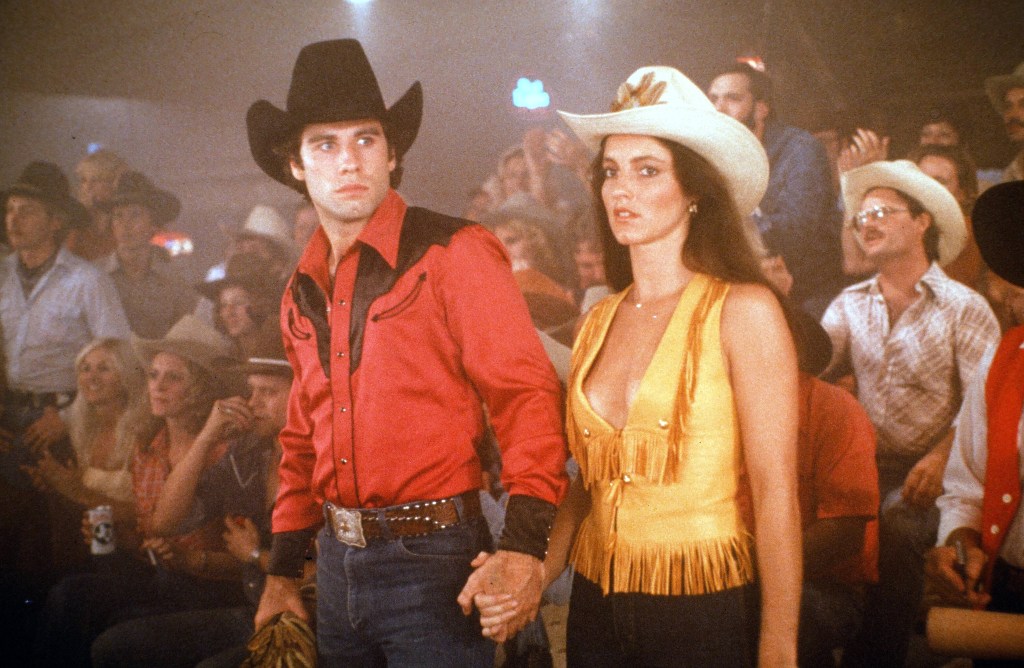
Photo by Hulton Archive/Getty Images
The fashion of Urban Cowboy is of course characterized by cowboy boots, cowboy hats, and big ol' belt buckles. Plus blue Wranglers for the guys, teeny tanks and tied-up shirts for the ladies. Emerging in part as a response to the glamour of the previous decade's disco craze -- ironically, also popularized by John Travolta -- the predominant '80s Western style was not so much Wild West-inspired as it was utilitarian. Like Urban Cowboy showcases, the wearers were blue collar. The outfits, though fun and flirty, are certainly understated. And physically durable in comparison to contemporaneous 1980's trends.
Following the release of the film, sales of cowboy boots and printed Western shirts, you know the kind with embroidered roses and stitched yokes, surged. Check out this New York Times article from 1982: "Makers Of Western Apparel Suffer From Death of the Urban Cowboy Fad." Though title speaks for itself, the statistics are overwhelming: a $5 billion industry swelled, seemingly overnight. Tony Lama, the largest boot maker at the time, saw 1981 profits increase by 88 percent from the previous year. The difference? Urban Cowboy.
But as Robert Reinhold's article illustrates, the widespread style was not there to stay. By late 1982, plants and factories across Texas which produced the in-demand dress were suddenly forced to lay off employees and shut down. It might have seemed the Western trend was done forever... until the sprawling pastiche of our 21st century revived the fad again!
Western Wear
Lil Nas X's wildly popular "Old Town Road" perfectly crystalized the viral Western "moment" which erupted in 2019. And it was not the first time, or the last time, that cowboy aesthetics would be repurposed in our evolving culture.
In Urban Cowboy, Bud is a traditional small-town boy trying to hack it in the big city of Houston. As he interacts with more metropolitan Texans, his country quirks stick out. But the Western style worn today is heralded by young millennials (or Gen-Z "zoomers"). Rodeo charm is now pulled into the city from media sources, rather than any real life experience. Let's call it "Cowboy Urban." For instance, t-shirt vintage shopping is an example of "Cowboy Urban" living.
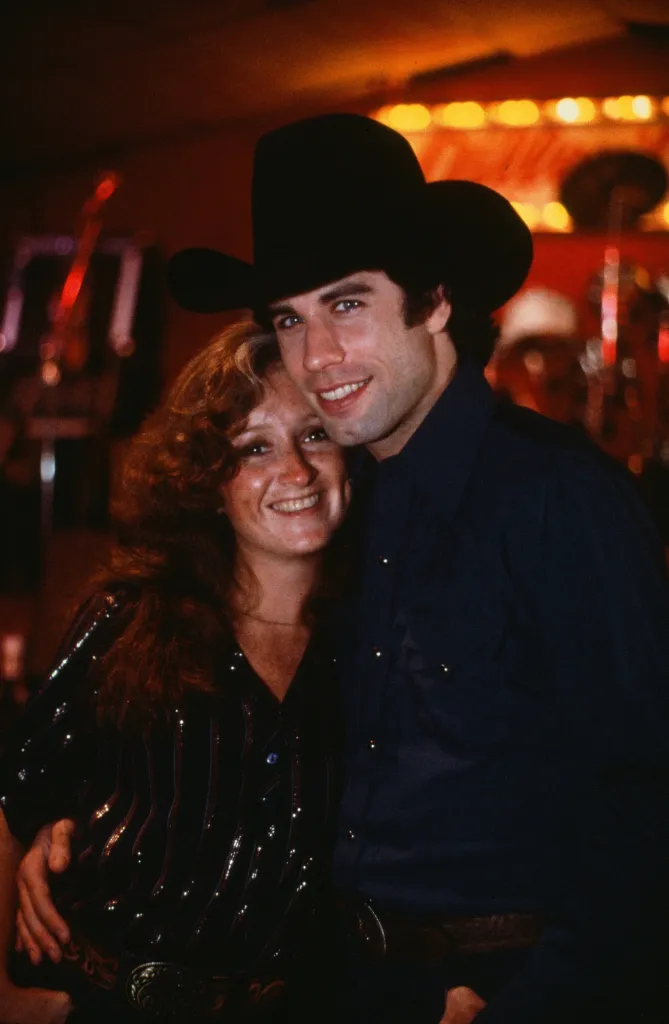
Photo by Hulton Archive/Getty Images
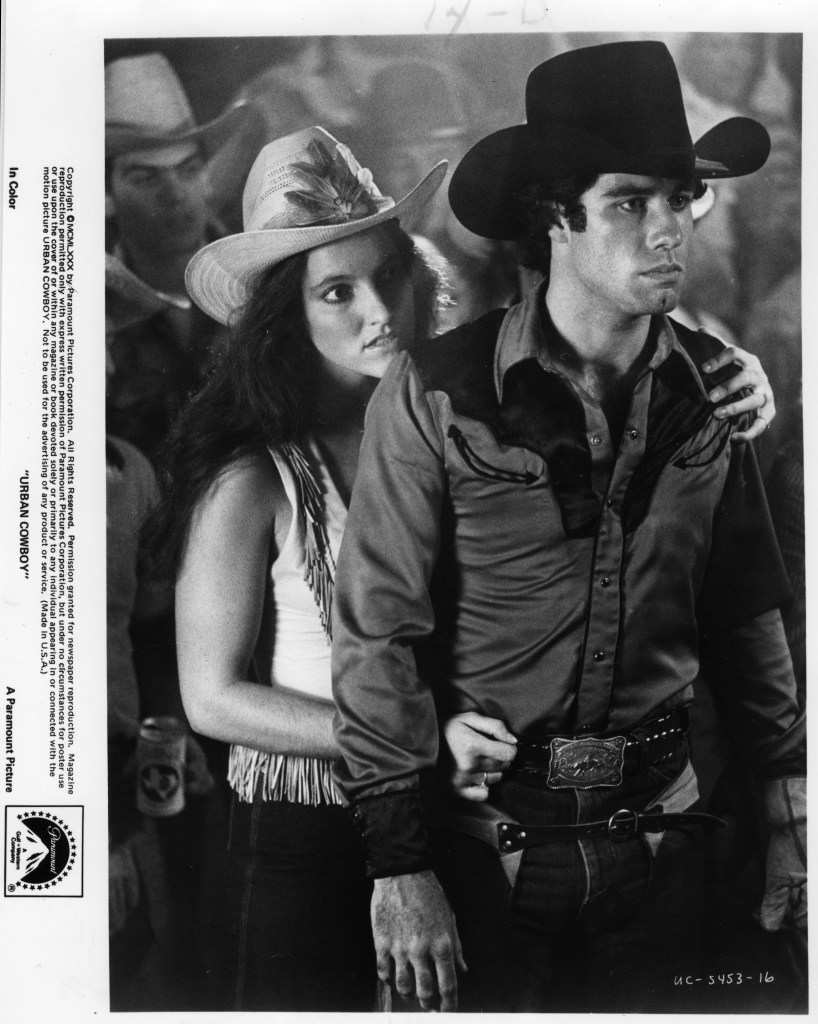
Photo by Hulton Archive/Getty Images
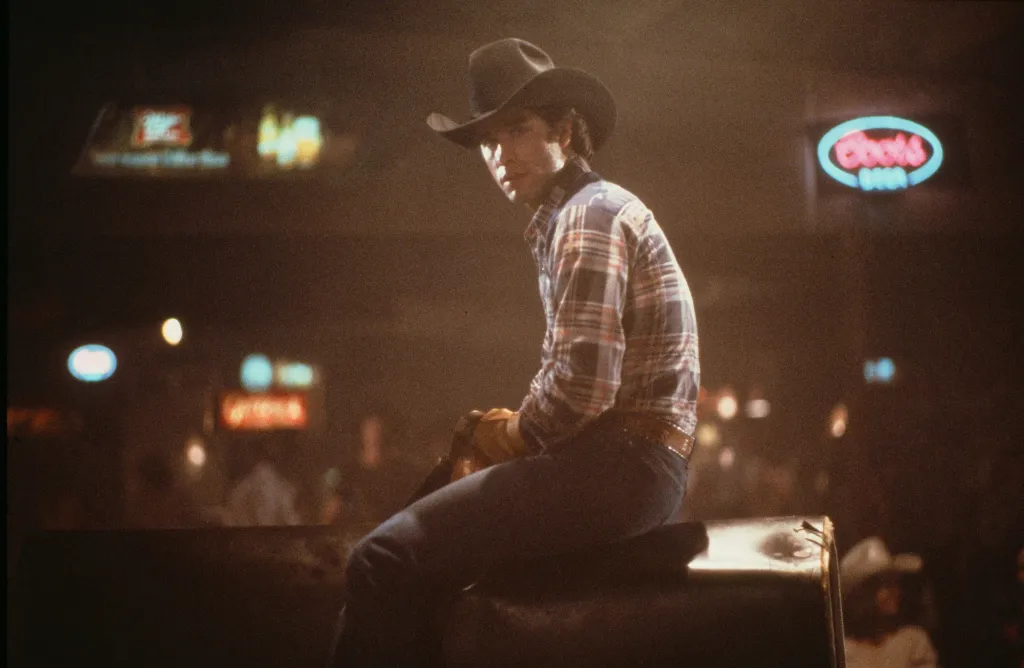
Photo by Hulton Archive/Getty Images
Going out in New York City, it's typical to see bolo ties on guys at the bars. And cowboy boots on just about everyone. Even ten-gallon hats are a fairly common sight when trolling the streets of Brooklyn. And like the characters in Urban Cowboy, these accessories are wielded with individual flare -- now enabled by fast fashion. For example, denim jackets adorned with Britney Spears-esque bedazzling, faux leopard cowboy hats, or cheap snakeskin leather jackets.
The trend appeared to be in full swing -- er, full two step -- before the pandemic broke out. Suddenly those roguish statements were replaced by the distinct, though similarly rural, Cottage Core aesthetic: a collection of kitschy tastes which thrived in online posts during those socially distant times. (There's something about gingham and isolation that just feels right, like a walk through nature...) Meanwhile the glitz of the urban cowboy is inherently social. The character of Bud exemplifies a peacocking aspect to be sure. But there's also the undeniable proximity to live music. So as cities open up once again, perhaps we'll see a cowboy comeback soon.
Editor's Note: This article was originally published in June of 2021.
READ MORE: 'Urban Cowboy' Series In the Works at Paramount+
